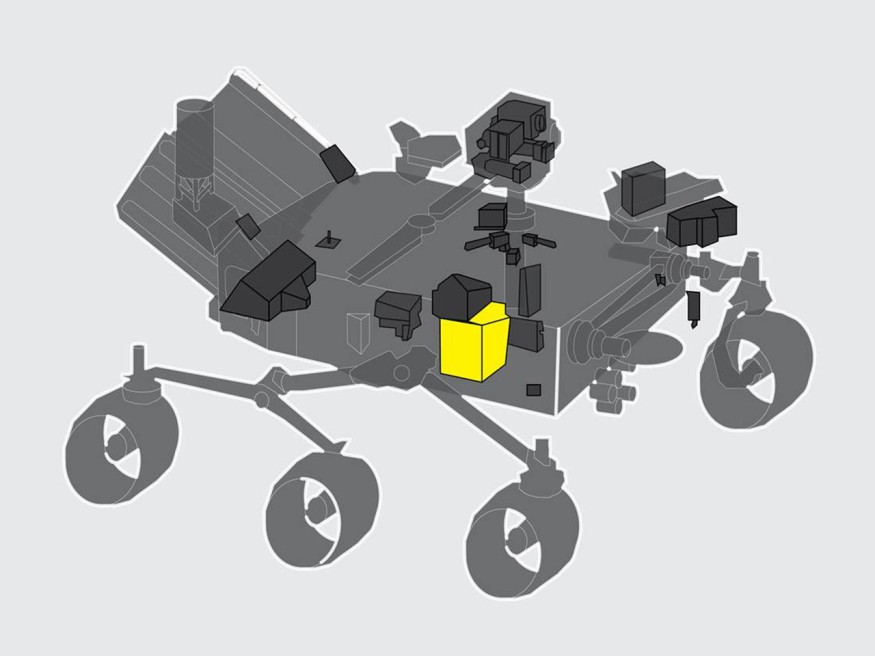
The National Aeronautics and Space Administration (NASA) will convert carbon dioxide into oxygen using a tool attached to one of its rovers, according to Webby Feed.
NASA said it will attach the Mars Oxygen In-Situ Resource Utilization Experiment (MOXIE), a golden box that will turn carbon dioxide into oxygen, to the Perseverance rover.
A golden idea
According to MOXIE's principal investigator Michael Hecht, "when we send humans to Mars, we will want them to return safely, and to do that they need a rocket to lift off the planet. Liquid oxygen propellant is something we could make there and not have to bring with us. One idea would be to bring an empty oxygen tank and fill it up on Mars."
MOXIE works by injecting energy into the cathode and anode. According to MOXIE engineer Jim Lewis, "then what happens is oxygen is separated from the carbon dioxide and comes down this line over here."
Read now : [VIDEO] SpaceX lights up Arizona Sky as Lyrid Meteor Shower is All Set to Put Up A Good Show
The box is made out of gold because "it will assure the lack of impact with any nearby electronics boxes from the rover. Gold doesn't radiate heat effectively, because it has very low emissivity," added Engr. Lewis.
Although MOXIE is still a test model, it will help future Mars explorers produce oxygen using carbon dioxide found on Mars to help them propel and breathe on the Red Planet.
The initial model will "need about 33 to 50 tons (30 to 45 metric tons) of fuel, about the weight of a Space Shuttle", according to NASA. It also functions like a tree, inhaling carbon dioxide and exhaling oxygen on the planet.
NASA says if the golden box succeeds, the oxygen will be liquid-based, capable of supplying ¾ of the propellant that humans need to explore the Red Planet. It will be made on Mars.
Perseverance: another golden idea
Named by Virginia middle school student Alexander Mather, Perseverance's objective is to "seek signs of ancient life and collect rock and soil samples for possible return to Earth," according to NASA. Rovers in the past were also named by students - Sojourner, Spirit, Opportunity, etc.
MOXIE is part of Mars 2020, which is landing on the moon at the Jezero Crater, Mars, on February 18, 2021. Perseverance will help NASA seek signs of ancient life on Mars by collecting samples.
According to NASA Planetary Protection Engineer Dr. Moogega Stricker, "what we're trying to do is to rove around the surface of this unknown planet, collect samples, process the tubes as they come back, to look for things that we call biosignatures."
Perseverance will help NASA accomplish that for at least one Mars year or 687 Earth days. The samples will be flown back to earth "and determine for the very first time, did life exist on Mars? But also, where could it be preserved for four more billion years for us to find it?" according to Dr. Stricker.
Helping Perseverance is the Mars Helicopter, the first aircraft in history to have a power-controlled flight on another planet. It will be attached to the rover's belly on its ride to Mars.
© 2025 ScienceTimes.com All rights reserved. Do not reproduce without permission. The window to the world of Science Times.











